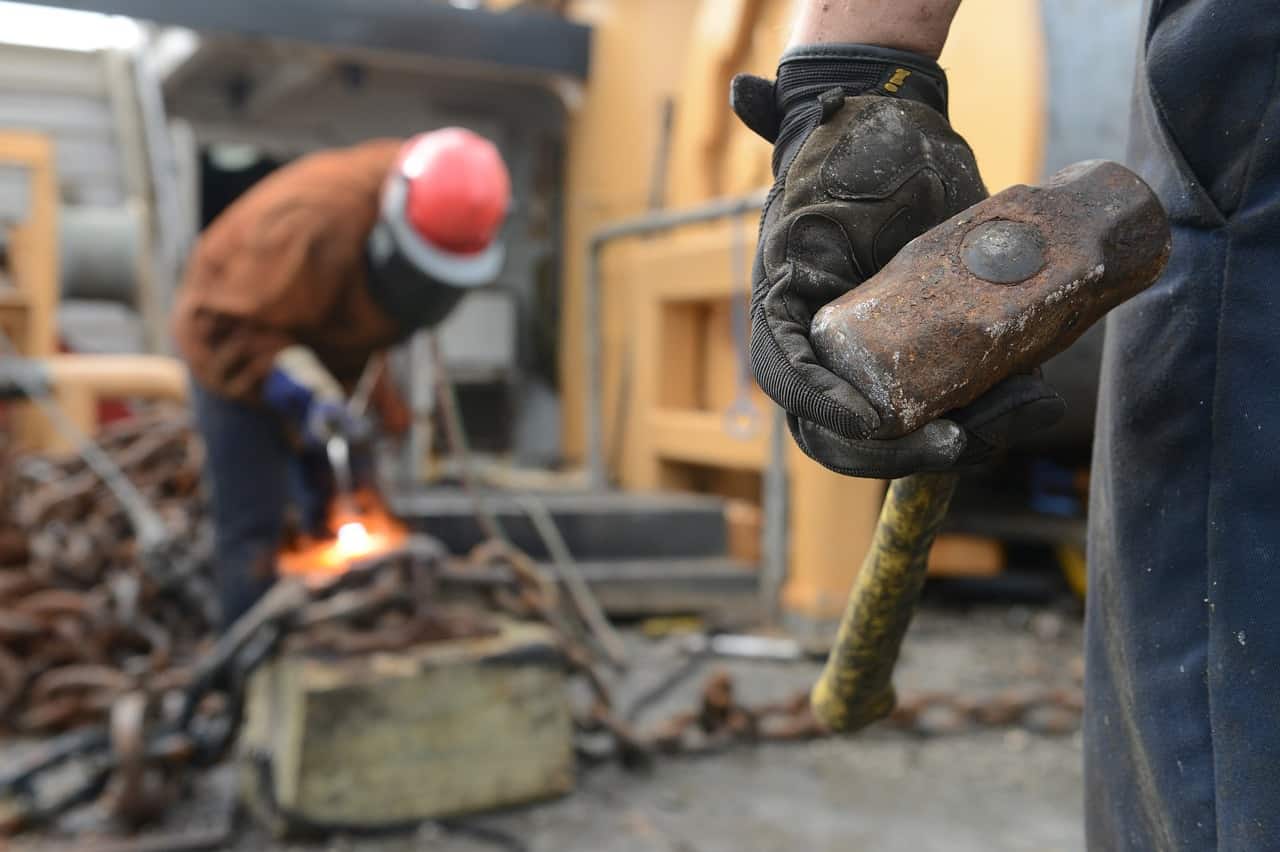Cities and communities today wouldn’t have appeared the way they are if not for steel. Since its discovery in 1800 B.C., this sturdy marriage of iron and other elements has allowed homes and office buildings to better stand the test of time. It has even enabled incredible feats of engineering, bridging continents separated by vast seas or holding a city’s worth of people for a soccer game.
One area steel has trouble seeing widespread use is in home construction. If past major hurricanes have revealed something, it’s that most homes in the U.S. aren’t made of steel, let alone built on a steel framework. A Katrina-level hurricane can wipe out entire suburbs whose homes lack steel’s strength and durability.
But, why aren’t more houses being built with steel? Perhaps, it’s not the wondrous building material you’ve always believes. Below is an in-depth look into the subject.
Overcoming Hurdles
For all its impressive strength, steel suffers from several issues, the most prominent being the cost. The National Association of Homebuilders (NAHB) estimates that building a new steel house can cost over USD$350,000. This figure, however, can go higher or lower depending on the total area, the number of rooms, contractor pricing, and other factors.
Framing is the most expensive part of the construction, between USD$20,000 and USD$50,000. But, the most important takeaway is that a new home can reach USD$200 per square foot.
Other disadvantages of steel for building homes include:
- May require extra coating if used in humid areas (e.g., coastal suburbs)
- Fire can weaken and warp steel framework, causing structural failure
- Susceptible to building fatigue and fracture, causing structural failure
- Impossible to make last-minute adjustments on the field
- May require additional insulation, or heating or cooling elements
Wood usually answers most of these disadvantages—less expensive, a better insulator, and wooden homes get built faster. That’s why it remains the material of choice for building homes, an accolade it has kept since the colonial years.
Where Steel Shines
Over the decades, steel fabricators have introduced new initiatives to address steel’s shortcomings.
On the matter of cost, prefabricated steel materials can reduce the overall cost in many ways, from mass production of necessary parts to onsite assembly. If you browse around here, you can erect a whole workshop without the need for a professional construction crew—just some heavy equipment and a few friends to help you out.
Prefab materials still make it impossible to make adjustments on the field, so meticulous planning is a must before any project. In fact, planning overall is a generally good advice.
While it remains an issue, insulating a steel home isn’t impossible. Older steel buildings struggled with insulation because of past building techniques that didn’t allow the walls to breathe, resulting in the accumulation of heat or condensation.
By mounting insulation materials externally instead of next to the walls, a cavity of at least 20 mm in width will allow air to circulate. This way, it can reduce the risk of corrosion or fatigue caused by trapped elements, and make the frame last longer.
However, arguably, the aspect where steel shines the most is its overall impact on the environment. Steel is one of the most recyclable materials available, allowing even rusty steel beams and frames to undergo the steelmaking process again to be reborn. The American Iron and Steel Institute says that recycling steel can:
- Reduce greenhouse gas emissions equivalent to consuming over 300 gallons of gasoline
- Save energy to power a 60-watt light bulb for four hours by recycling one steel food can
- Prevent emissions of as much as 225 pounds of CO2 by recycling a single steel fridge
It’s impossible to tell if your prefab steel parts were made from recycled steel unless your supplier told you so (it probably doesn’t know, too). Provided it goes through the same steelmaking process, recycling steel will maintain its original properties once it becomes fresh steel.
More importantly, you may want to consider steel when calamities are growing more destructive. While offering versatility and freedom of design, steel homes can face hurricanes and earthquakes more confidently. At one point in history, the citizens of Chicago chose to build their new homes from steel some 40 years after the Great Chicago Fire of 1871.
Conclusion
Steel has its pros and cons, like any other building material. In the end, only proper planning ahead of time can offset the risks. Steel is, undoubtedly, one of, if not, the best home building materials you can get. It’s a must in this rapidly-changing world.

